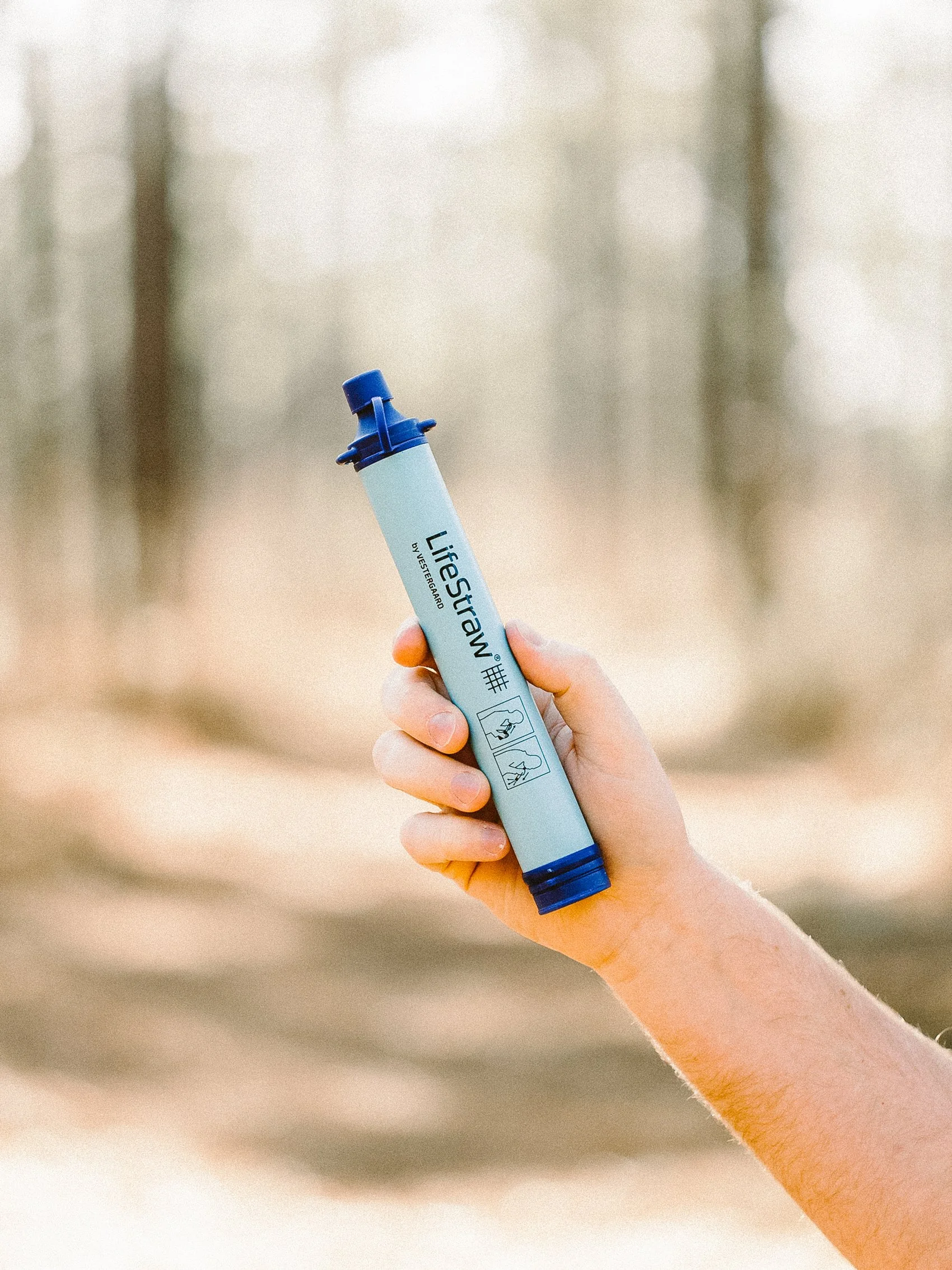Ethical shelling: how to collect seashells sustainably at the beach
Thought I found the holy grail of beachcombing — a full, flawless seashell (a rarity among the broken pieces on our shores)… until it moved! Turns out, this little hermit crab was using it for a home. A reminder that not everything on the beach is ours to take.
There’s something timeless and magical about walking along a sandy shore and spotting a glimmering seashell nestled in the tide line. Collecting seashells can be a peaceful, even meditative, way to connect with nature. But as with any interaction with the natural world, shelling should be done ethically and sustainably.
What Is Ethical Shelling?
Ethical shelling means collecting seashells in a way that doesn’t harm marine life or disrupt coastal ecosystems. It prioritizes respect — for the ocean, its creatures, and the delicate balance that keeps beach environments thriving.
Both living at the beach and shooting sustainable products at serene seaside scenes, we’ve seen firsthand the impact that careless collecting can have. From dwindling shell populations to disturbed habitats, it’s more important than ever to shell with intention.
Sustainable shelling tips: how to collect seashells respectfully
1. Never Take Live Shells
This is the cardinal rule of shelling!
Hermit crabs, like the one I found, often struggle to find suitable homes due to over-collection. If you find a shell with a resident inside — like a snail, hermit crab, or mollusk — carefully place it back near the water where it belongs. And don’t ever throw live shells back into the ocean, as the shock from impacting the water can kill what’s inside.
Pro tip: Gently turn the shell over. If it’s heavy, wet, or emits an odor or staining color, it may still be occupied.
2. Check Local Laws and Guidelines
Some beaches and marine sanctuaries have specific regulations on collecting shells! There are beaches were removing certain shells — or any shells at all — is illegal. Before you collect shells or other beach treasures, check National Park guidelines, local conservation area rules, visitor centers, or posted signage.
3. Take Only What You Need
If you’re collecting shells, choose only empty ones and leave plenty behind. Resist the urge to collect bags full of shells. Be selective. Take only the most meaningful, unique, or beautiful ones. Look but don’t always take.
Remember: the beach is home to countless creatures, and shells often serve as shelters or breeding grounds.
After beachcombing, we typically leave most of what we’ve found, keeping only a couple of our favorites. And over time, as our collection of shells at home grows, we take them back to the beach where the sea — and its inhabitants — can reclaim them. It’s our own version of “one-in-one-out”, and helps prevent over-collection.
4. Leave Fragile Ecosystems Untouched
Avoid stepping on sand dunes, coral rubble, or rocky tide pools. These areas often contain delicate organisms and serve as nurseries for marine life.
5. Use a cotton Mesh Bag
Go plastic-free for the sea! Collect your finds in a breathable, eco-friendly bag. There are several reasons why this is important!
Mesh bags allow sand and water to pass through, and because it’s breathable, it helps prevent moisture build-up (plastic, on the other hand, traps water, leading to bad odors and causing shells to degrade).
Frequently participating in beach clean-ups, we’ve seen far too many plastic bags polluting the shorelines, washed up on jetty, or tangled in marshy dunes. While plastic bags can easily blow away and become marine litter, cotton mesh bags are reusable, and made from sustainable materials.
The visibility of mesh bags also allows you to easily see your new treasures, which is useful when deciding whether to keep or release certain shells. Plus, if you do accidentally pick up a shell with a living creature inside, it's easier to spot and release it quickly.
6. Clean Responsibly at Home
Don’t use bleach or harsh chemicals. A gentle rinse with water and a soak in a 50/50 vinegar and water solution works great for removing debris without damaging the shell or environment. We’ve also seen lemon used in place of vinegar.
Final thoughts
Every shell has a story. By practicing ethical shelling, you ensure those stories continue, and that the beach remains a place of wonder for future generations.
Let’s enjoy the beach sustainably and keep it a safe haven for all its small residents!
Pin and share:
Love this guide to ethical shelling? Pin it for later, or share it with a fellow beachcomber. Let’s make coastal adventures more sustainable, one shell at a time.















